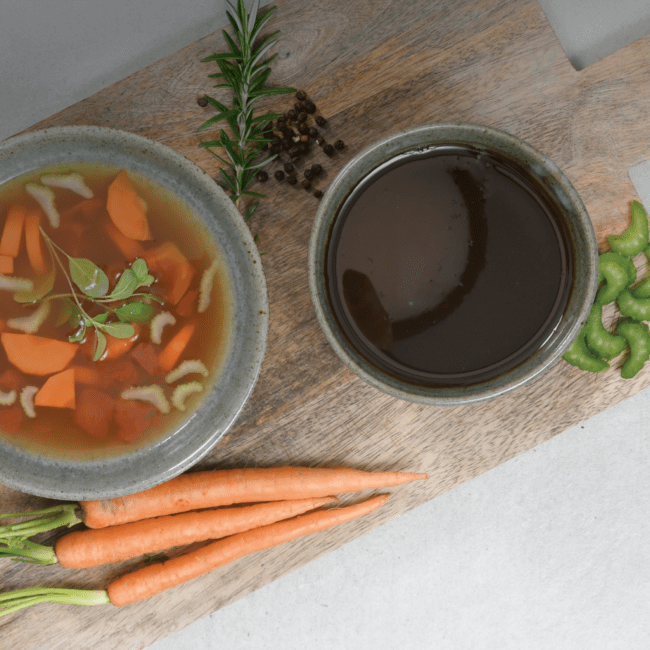This is the second article of a two-part series on Upcycling:
The term “upcycled food” was formally defined in May 2020 as foods that “use ingredients that otherwise would not have gone to human consumption, are procured and produced using verifiable supply chains, and have a positive impact on the environment.” This definition was created by a working group convened by the Upcycled Food Association including representatives from Harvard University, Drexel University, Natural Resources Defence Council, World Wildlife Fund and ReFED.
According to the Upcycled Food Association 8% of human-cause greenhouse gas emissions come from food loss and waste, which is why reducing food waste is seen as a considerable solution to climate change.
The following are some defining elements of upcycled foods as per the Upcycled Food Association:
- Upcycled foods are made from ingredients that would otherwise have ended up in a food waste destination
This refers to destinations such as animal feed, landfill, incinerators and anaerobic digesters. Instead upcycling food better uses the energy utilised in growing, transporting and preparing the food.
- Upcycled foods are value-added products
Statistics researched by the Upcycled Food Association show that we lose approximately $1 trillion per year on food wastage and food loss. In contrast upcycled food captures that value, and uses it to advantage to create a sustainable and adaptable food system.
- Upcycled foods are for human consumption
The Upcycled Food Association states that upcycled food is all about lifting food to its “highest and best use.” While upcycled foods are for human consumption, upcycled ingredients could also be included in petfood, cosmetics and more.
- Upcycled foods have an auditable supply chain
According to the Upcycled Food Association 28% of agricultural land goes to grow food that is never eaten. By being part of an auditable supply chain, upcycled food is really helping to reduce waste by using all the nutrients grown and harvested on farms, helping farmers get more value out of their land and animals.
Upcycled food helps feed a growing population without increasing deforestation or putting extra pressure on the environment.
What’s important about upcycled foods?
Approximately 30% of all food produced for human consumption globally is wasted or lost.
This food that is not eaten still uses resources to grow, harvest, transport, and prepare even when it ends up as waste – this represents a huge impact on the environment. This waste creates emissions when it’s dumped in landfill and via incineration. Food waste that goes to landfills results in a large amount of methane which is a more powerful gas than carbon dioxide. Upcycling enables food producers to add value to byproducts/ raw materials or surplus ingredients that might otherwise have been wasted.
At Taranaki Bio Extracts we’re proud to be a part of the upcycling process.
Ends.
REF: The Upcycled Food Association.
